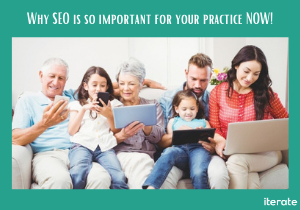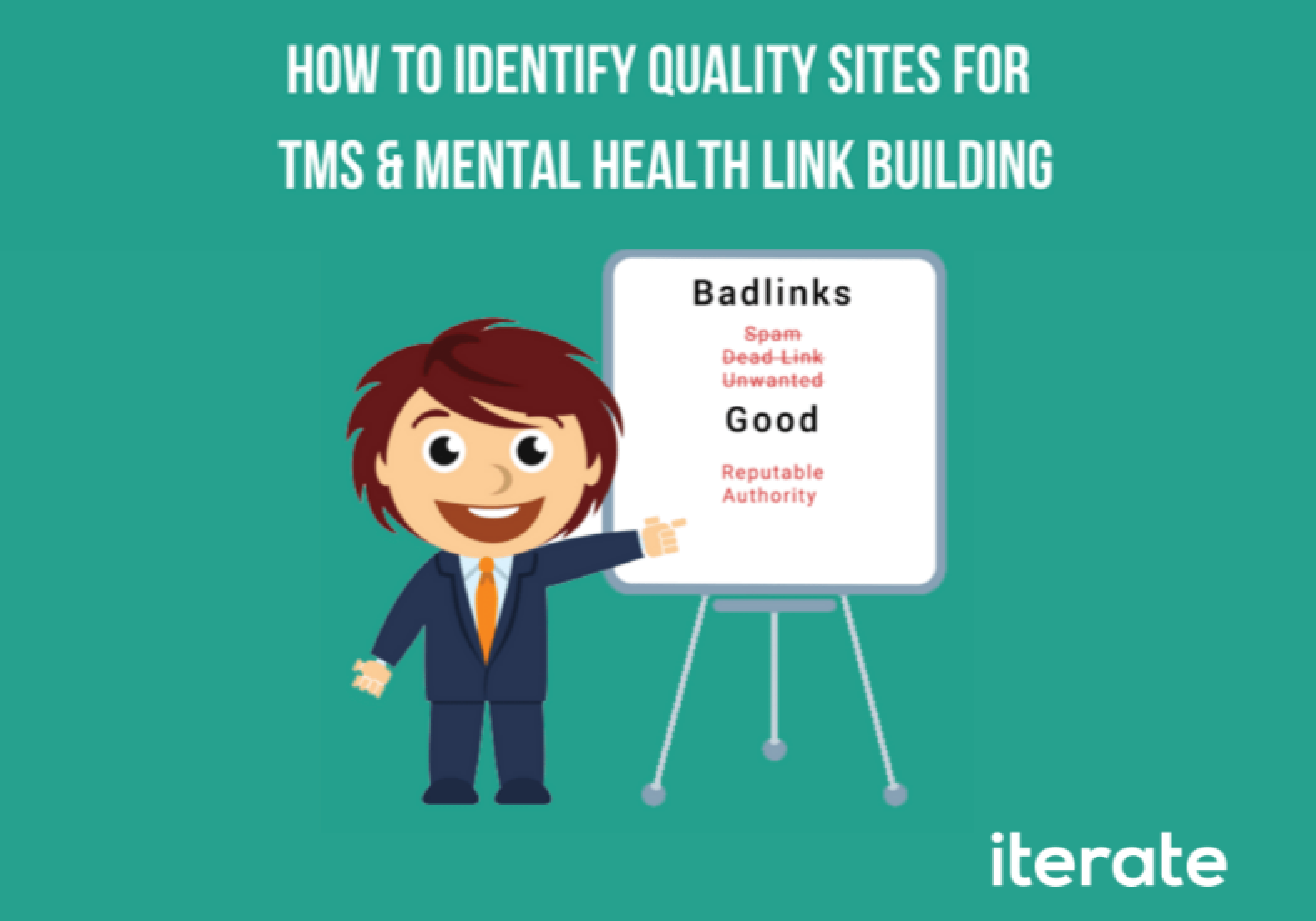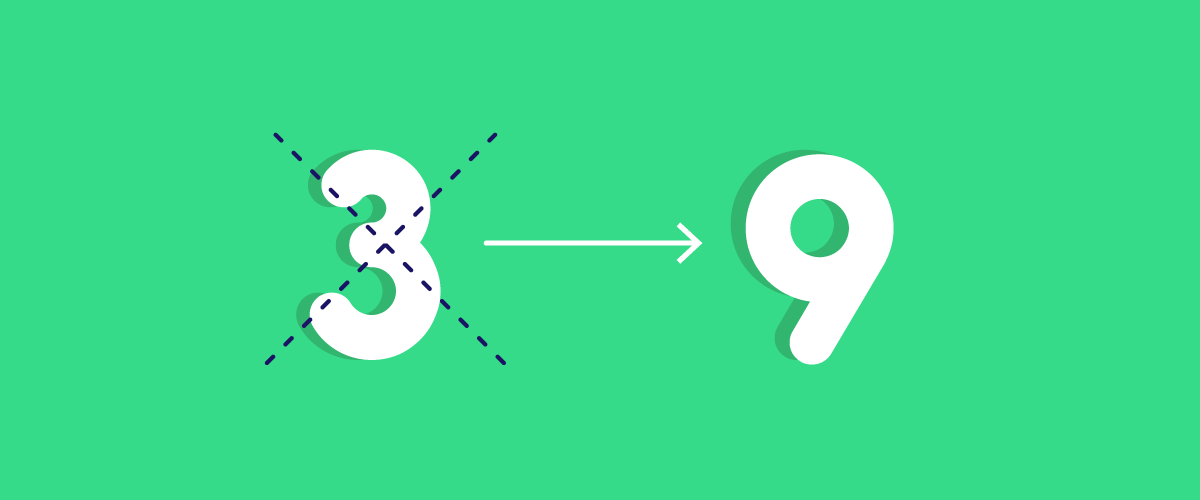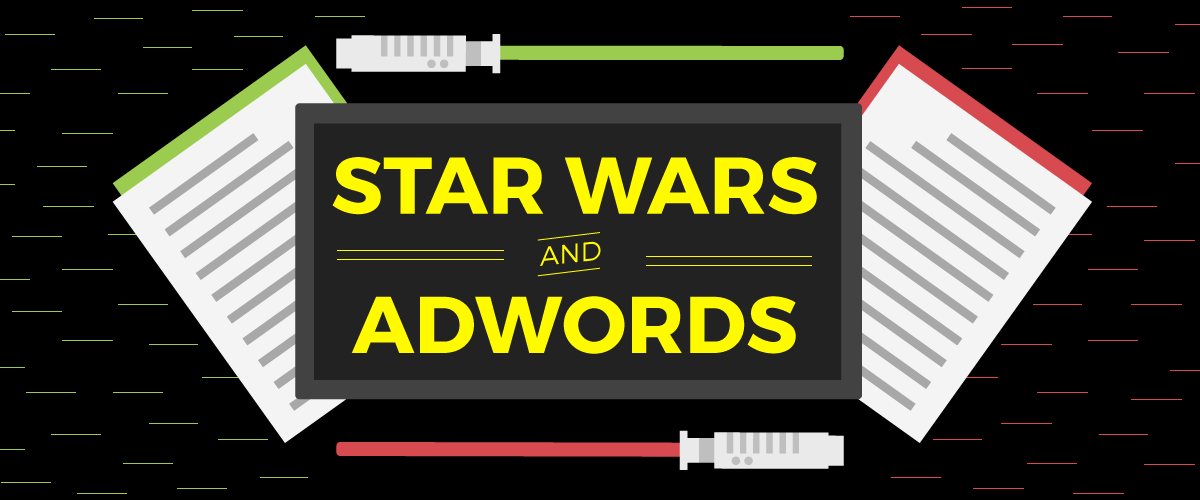Landing pages are fun because technology makes them easy to build and they often look like an accomplishment. Unlike so many digital marketing efforts, a landing page is a marketing tactic you can finish and show your boss. You can use them to promote events (i.e. webinars), drive new leads, or even sell products. The sticking point is: landing pages are built to drive one specific business objective.
I see far too many examples of landing pages that were built for no purpose other than that a marketing coordinator was looking for a project and had an idea. Services like HubSpot and Unbounce make this all too easy. If the page does not drive new leads – warm or cold, then it’s not a landing page, it’s just an orphaned page on your website. Purposeless, orphaned pages don’t tend to help your prospective customers or your SEO efforts. In an era when content strategy and content marketing require more and more company resources, landing page tinkering can be a costly waste of company time.
There are only four reasons you should consider building a new landing page:
- You’re Starting a New Digital Ad Campaign – The start of a new ad campaign is a great time to create a new landing page. If you’ve done all the research you need to create a new campaign, then you’ve likely got all the data you need about personas and the customer journey to create an empathetic landing page experience. This is the perfect time to make sure your ad messaging matches the expected experience of your target site user.
Sometimes, with AdWords and Bing Ads, a change as simple as editing an H1 tag and adding a keyword variation to your copy can show significant improvements in Quality Score. Of course, you’re not optimizing your pages for Quality Score, you’re optimizing your pages for conversion, so think first about user experience. - An Existing Page Has Conspicuously Low Conversion Rates – There is no industry standard for conversion rates. Your conversion action, your offer, the users’ device and much more play roles in the types of conversion rates you should expect to see. Many pages on your website will have low conversion rates, but many pages on your site are not built specific to convert visitors into leads.
If your page is built for conversion and it’s converting less than 2% of visitors, it’s probable that the page you assume to be the “converter” doesn’t answer all of your customers’ objections, hesitations and questions about your brand and your product/service. Before building a new page, set up and run video recording sessions (via a service like Lucky Orange) or have some users complete your form using www.usertesting.com. These tools will give you intel on how users use your website, and how intuitive your “ask” is, before you go off building a new page. - An Existing Page Has Poor Engagement Metrics – If you’re seeing high bounce rates and low time spent on your pages, it’s possible that the experience on your landing page is not meeting the expectations of those who enter through it. By showing your visitors exactly what you know they’re looking for, you can expect engagement to improve, and when engagement improves, conversion rates improve.
Warning: Be careful with how you measure “engagement.” Traditional engagement metrics tracked by Google Analytics (Bounce Rate, Pages / Session, Avg. Session Duration) measure engagement using time-stamps, which can make your numbers look really bad when in reality your page is working very well. Set up tracking in Google Analytics to report on your real bounce rate before you analyze your landing page performance. - You’re Paying For Traffic, Any Traffic – If you’re paying for traffic, you’d be crazy not to invest some time and effort into dedicated landing pages for that traffic. Unlike with SEO and broader digital marketing initiatives, paid traffic needs to be very targeted and action-focused. It’s crazy to spend money on a click, only to send users on a wild goose chase through your website. Don’t make your visitors think! Check out Google’s recommendations for “landing page experience” with regards to AdWords.





